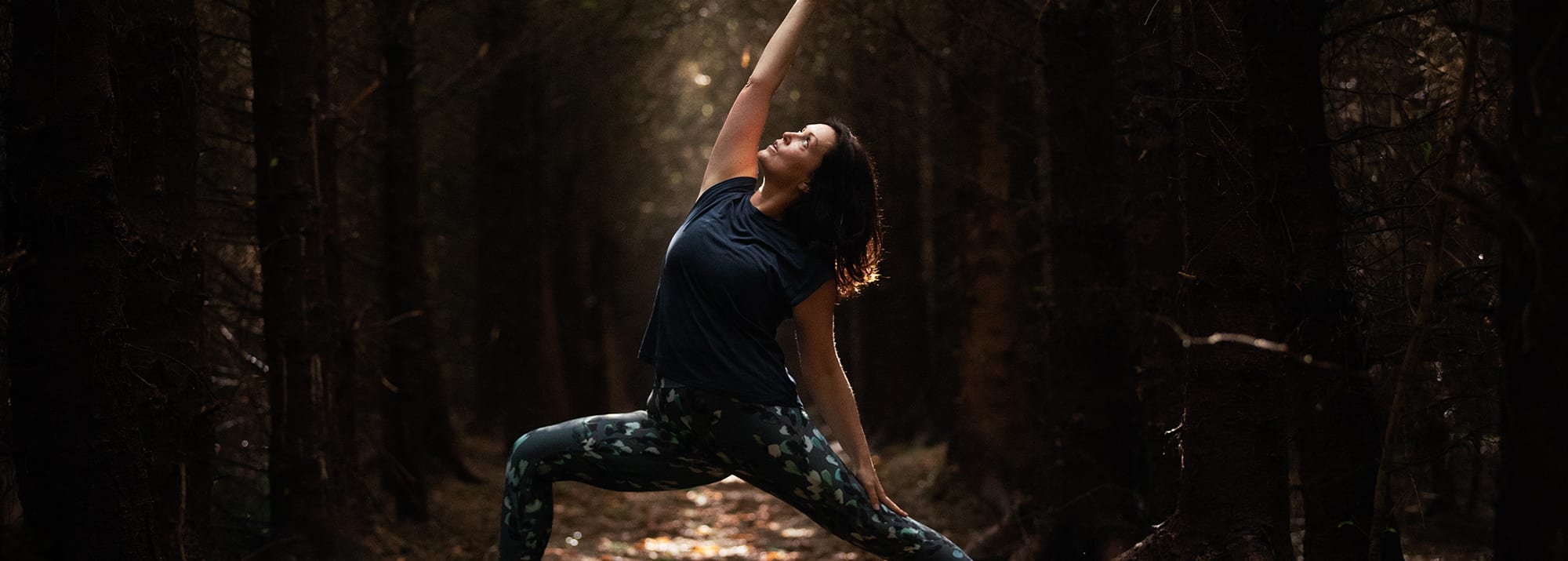Winter Solstice
In the Celtic tradition, the Winter Solstice was an important solar festival on the annual calendar. Falling somewhere between the 20th and 22nd December, it was an important recognition by the Celts of the lowest point of the descent of the sun since the Summer Solstice in June. The longest night and darkest day of the year was celebrated for it also heralded the slow and gentle return of the light.
How did the Celts know about all of this? No one really knows. A mystery! yet it is fascinating how a megalithic structure such as New Grange in County Meath could be built in such as way to allow the faint trickle of light from the emerging dawn, to creep into the exact point in the inner passage on the Solstice! Their resources may have been primitive to us but they were wise and knowledgeable.
As Dolores Whelan describes in her book ‘Ever Ancient, Ever New’ a wonderful text on Celtic mythology in the 21st century, the Celts danced and loved with this idea of the light and the dark. She writes that the word solstice means ‘ sun standing still’ and ‘ represents the experience of ultimate darkness and emptiness and yet is, paradoxically, a time of great fecundity’.
This means that this period of darkness was a great time of gestation, of fertility and creativity. Where the darkness and lack of distractions (such as in the summer period) – force us to be still with ourselves, even if this is uncomfortable. No distractions is unusual – which I think many of us can relate to after a number of lockdowns this year.
During lockdown, after all the presses had been cleared and cleaned, the baking done, all the long finger jobs, all the things we busy ourselves with, distract ourselves with, many of us were forced to sit with ourselves. Ourselves. Our emotions. Our pain. Our regrets. Our fears. This can be deeply unsettling and uncomfortable. We distract ourselves for good reason!
However, it is always darkest before the dawn…
Change is painful, change is magnificent also. Change is necessary. We can’t move forward unless we let go. Let go of the pain, let go of what we are holding onto. It is not easy. Trust is necessary. As the Buddhists believe, human suffering comes from failing to appreciate that life is impermanent and change is inevitable. When we resist change, deny or distract ourselves – we suffer. To let go and move forward sometimes we need to look our discomfort in the eye and meet it.
So the wise Celts, celebrated the darkest night of the year and the coming of the light. There is great wisdom in just being here in the darkness and sitting with whatever may arise for you. Knowing that whatever arises you are safe. It is ok. You are human. You are not alone in your suffering.
During the winter and leading to the Solstice, the earth is drawing it’s energy deep down and within. Nature has succumbed to it’s cycles and see how the trees let go of their leaves and just ‘be’. I take heart from this. They let go and yet bloom again.
I struggle A LOT in the winter to find balance within myself and have been know to escape for winter breaks to the sun. This time of short days and long nights with pervading darkness is a real challenge to my mental health. I have found a great comfort in movement and yoga and yogic breath work. Yogic practices are known to operate on a subtle level and I had to experience to believe it. Eating earthy warming foods also balances energy. Porridge, stews, root vegetables are grounding. These are part of my support tool kit to remain steady during the inner storms.
The good news is that with the Solstice, comes the emerging longer days and light..
What seeds can you sow and nurture within yourself to bring into the new year? Take time to surrender now and then let the inspiration flow from the darkness, the nothingness. A ripe period in itself.
At this time, community and social contact, however limited, is hugely important as darkness is difficult for many. Now more than ever. Reach out for yourself and for the other.
Share your light xxx

